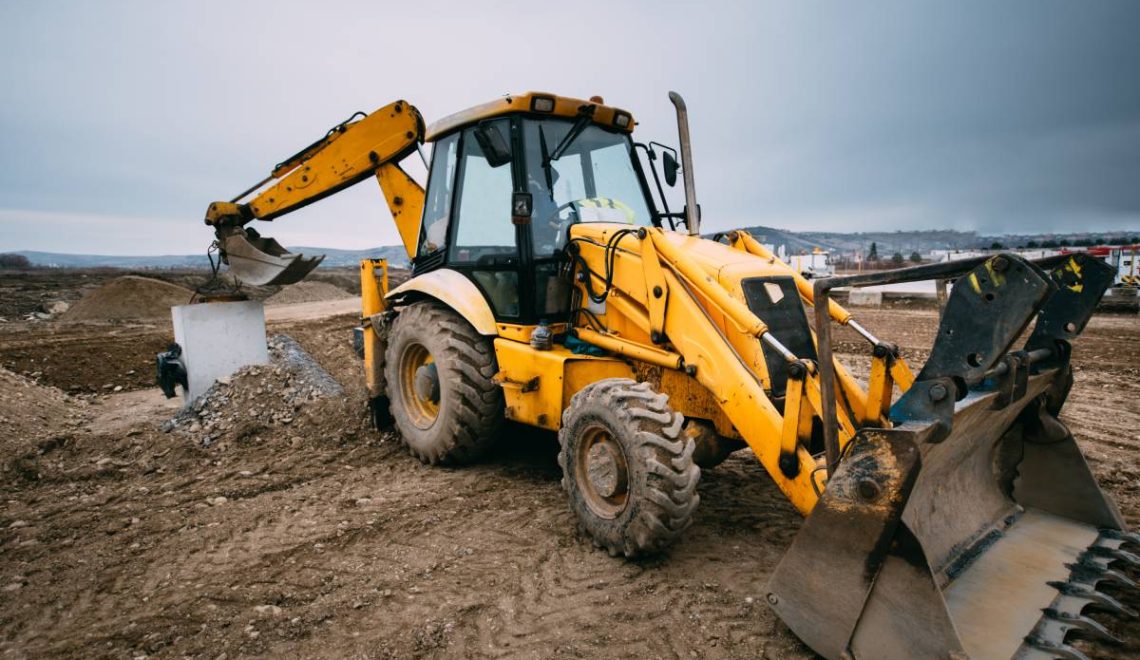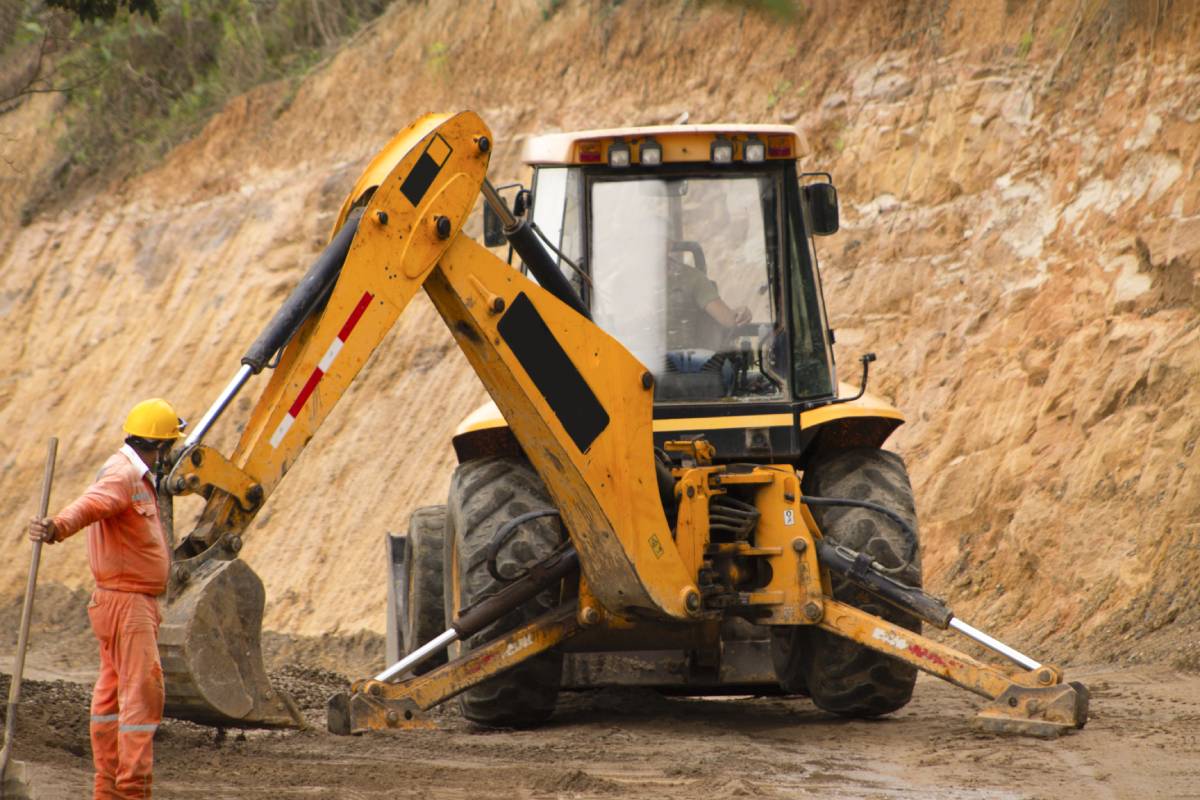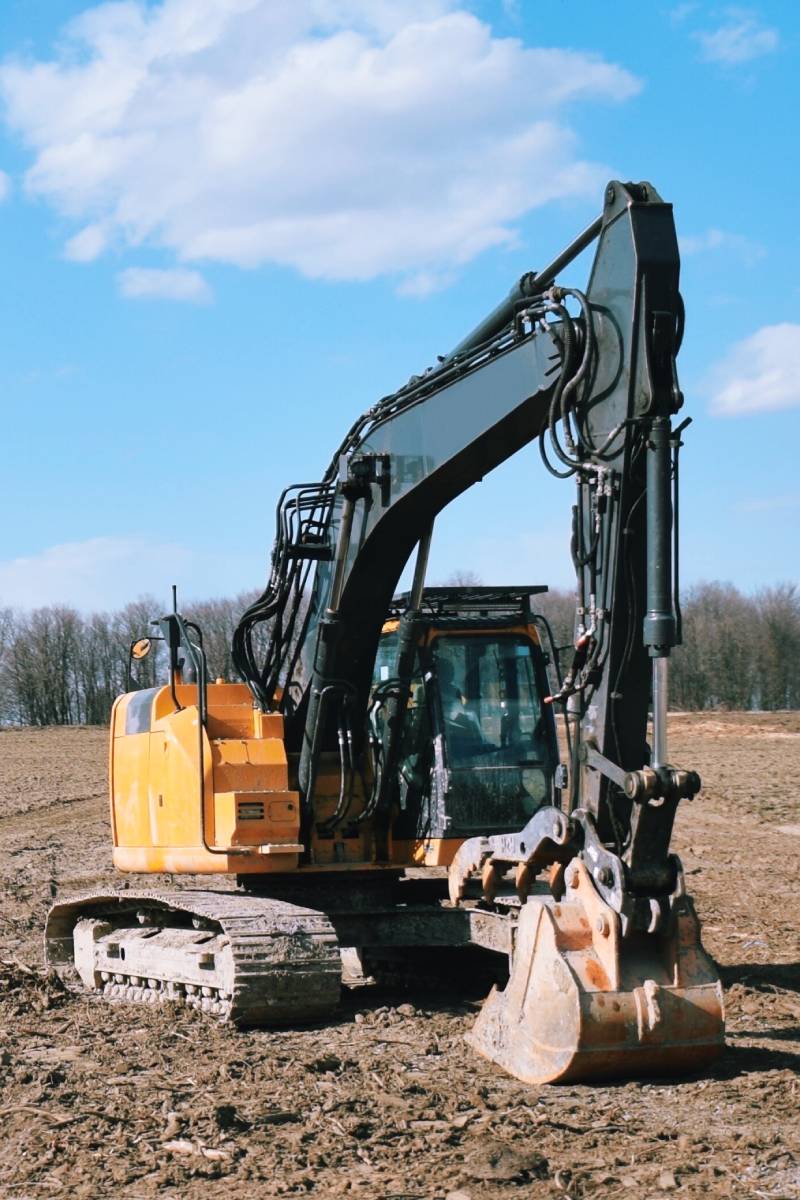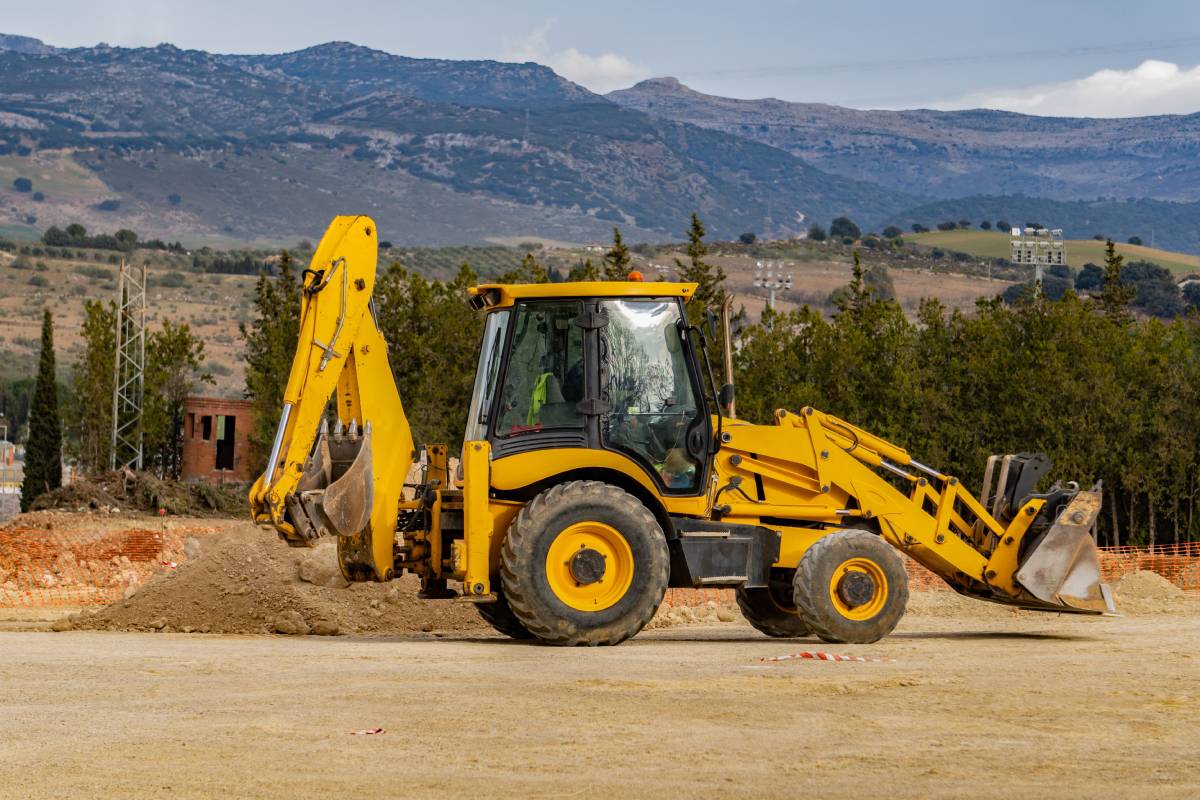
What are the backhoe rental prices in Australia?
If you’re planning to take on a construction project, you’ll need to be accurate, efficient, and well-equipped. One of the most useful machines you can have on your site is a backhoe, which can do a lot of different jobs, from digging holes to lifting heavy stuff. But before you rent a backhoe, you’ll need to know how much it will cost you.
Here, we’ll show you everything you need to know about backhoe rental prices in Australia, whether you want to hire it with or without an operator.
Dry Hire Rates
Dry hire, where you rent just the backhoe without an operator, is a popular choice for construction companies and individuals with experience in operating such equipment. Below are the average dry hire rates for different types of backhoes:
- Backhoe 4×2 (Less than 10t): Averaging at $75.00 per hour.
- Backhoe 4×2 (More than 10t): With an average rate of $85.00 per hour.
- Backhoe 4×4 (Less than 10t): Typically priced at around $80.00 per hour.
- Backhoe 4×4 (More than 10t): Expect an average rate of $90.00 per hour.
- Tracked Backhoe (All sizes): With rates averaging around $100.00 per hour.
Wet Hire Rates
For those who prefer to rent a backhoe with an operator, known as wet hire, the rates vary slightly. Here’s a breakdown:
- Backhoe 4×2 (Less than 10t): Wet hire rates are approximately $95.00 per hour.
- Backhoe 4×2 (More than 10t): Expect to pay around $110.00 per hour for wet hire.
- Backhoe 4×4 (Less than 10t): Wet hire rates average at $100.00 per hour.
- Backhoe 4×4 (More than 10t): Priced at approximately $110.00 per hour for wet hire.
- Tracked Backhoe (All sizes): Wet hire rates are around $120.00 per hour.
It’s important to note that all quoted prices are averages and may vary depending on factors such as location, availability, and additional services required. Additionally, these rates do not include GST or any extra costs that may apply.

Additional costs when hiring a backhoe
What are the applications of a backhoe?
Backhoes are awesome machines that can dig and lift stuff with ease. They can work in many different places and situations, whether it’s building something or farming something.
Here are some of the cool things that backhoes can do, and why they are important for different kinds of jobs:
1. Digging Trenches: Backhoes excel in excavating narrow trenches, making them invaluable for projects involving electrical or plumbing installations. Their precision and manoeuvrability allow for efficient trenching, even in confined spaces or urban environments.
2. Excavating Foundations: In residential and commercial construction, backhoes play a vital role in excavating foundations. Whether preparing the ground for a house or a skyscraper, backhoes provide the necessary muscle to dig deep and create a sturdy base for structures.
3. Land Clearing and Leveling: Landscaping projects often require clearing and levelling land to create a blank canvas for design implementation. Backhoes facilitate this process by efficiently removing vegetation, debris, and uneven terrain, laying the groundwork for aesthetically pleasing landscapes.
4. Road Construction and Maintenance: Backhoes contribute significantly to road construction and maintenance activities. They excel in breaking up and removing asphalt or concrete, preparing the surface for resurfacing or repairs, and excavating trenches for utilities along roadsides.
5. Basement Excavation: When it comes to building underground structures like basements, backhoes prove invaluable for excavating the necessary space efficiently and safely, ensuring a solid foundation for the structure above.
6. Material Handling and Loading: Backhoes demonstrate their versatility in material handling tasks, such as loading and transporting goods in supply yards, warehouses, or construction sites. Their ability to switch seamlessly between excavation and loading functions streamlines operations and maximizes productivity.
7. Agricultural Applications: In the agricultural sector, backhoes find utility in various tasks, including creating irrigation systems, digging trenches for drainage, and preparing land for planting or harvesting. Their adaptability makes them indispensable assets on farms and ranches.
8. Urban Maintenance: Backhoes play a crucial role in urban maintenance, whether it’s removing snow and debris from streets, repairing utilities, or landscaping public spaces. Their mobility and versatility make them ideal for navigating tight urban environments.
9. Rural Infrastructure Development: Backhoes contribute to the construction and maintenance of rural roads, pathways, and other infrastructure projects. Their ability to tackle diverse tasks, from excavation to grading, makes them essential for enhancing connectivity and accessibility in rural areas.
Backhoes are versatile and adaptable machines that can handle various earthmoving tasks. They are useful in different settings, such as construction, farming, or urban areas. They help complete various jobs efficiently and effectively. Their importance in earthmoving operations shows that they are essential equipment for many industries in Australia.
What is an alternative to a backhoe?
When backhoes aren’t readily available, several alternative machines can step in to tackle similar tasks effectively. Let’s explore some substitutes for backhoes and their respective capabilities:

Mini excavator
1. Excavators (Civil Sized) and Mini Excavators: Excavators, larger and more powerful than backhoes, excel in heavy-duty digging and lifting tasks, making them ideal for large-scale construction and mining projects. Mini excavators, on the other hand, can perform many of the same tasks as the back boom of a backhoe, offering versatility and manoeuvrability in tighter spaces.
2. Trenchers: While backhoes are commonly used for trenching, specialized trenching machines offer an alternative solution for long-range trenching. Available in various sizes and propulsion systems, trenchers are designed to efficiently dig narrow trenches over extended distances, catering to specific trenching needs.
3. Wheel Loaders: Wheel loaders specialize in loading and transporting materials, similar to the front boom and bucket of a backhoe. With their high lifting capacity and robust build, wheel loaders are suitable for projects requiring efficient material handling, such as stockpiling and loading trucks.
4. Skid Steer Loaders: Compact and manoeuvrable, skid steer loaders offer versatility in smaller or confined sites, handling tasks like digging, loading, and lifting with ease. Their ability to accommodate a wide range of attachments makes them adaptable to various earthmoving requirements, making them a valuable alternative to backhoes.
5. Tracked Loaders: Tracked loaders share similarities with backhoes in terms of their digging, loading, and material handling capabilities. Their tracked design provides superior stability, particularly on challenging terrains where wheel-mounted backhoes may struggle. Tracked loaders offer a reliable solution for earthmoving tasks in diverse environments.
Each of these substitute machines brings its unique strengths to the table, catering to specific project requirements and operational preferences. While backhoes remain a versatile option for earthmoving tasks, exploring alternative machines ensures that projects can proceed smoothly, even in situations where backhoes may not be readily available or suitable for the job at hand.
In conclusion
When you’re digging up the earth, you’ve got a bunch of cool machines to choose from, each one perfect for different jobs. Backhoes are like the Swiss Army knives of the bunch – they can dig and load, making them super handy for all sorts of work, from building stuff to farming. But sometimes, you can’t get your hands on one, so you gotta check out other options to keep your project rolling without a hitch.
You’ve got excavators, trenchers, wheel loaders, skid steers, and tracked loaders as your go-to alternatives. Each one’s got its own superpower, whether it’s digging up big piles of dirt, carving out trenches, moving loads around, or squeezing into tight spots. They’re all about getting the job done right, no matter what kind of dirt-moving challenge you throw at them.
Choosing the right machine is all about what you need to do, where you’re doing it, and how big the job is. If you know what each machine can do and what it can’t, you can pick the best one for the task, keep things safe, and nail your project goals.
Even though backhoes are pretty awesome, there’s a whole world of other machines that can step up to the plate when a backhoe isn’t the best fit. With the right tools, you can keep building, farming, and developing stuff smoothly, helping industries thrive in Australia and everywhere else.


